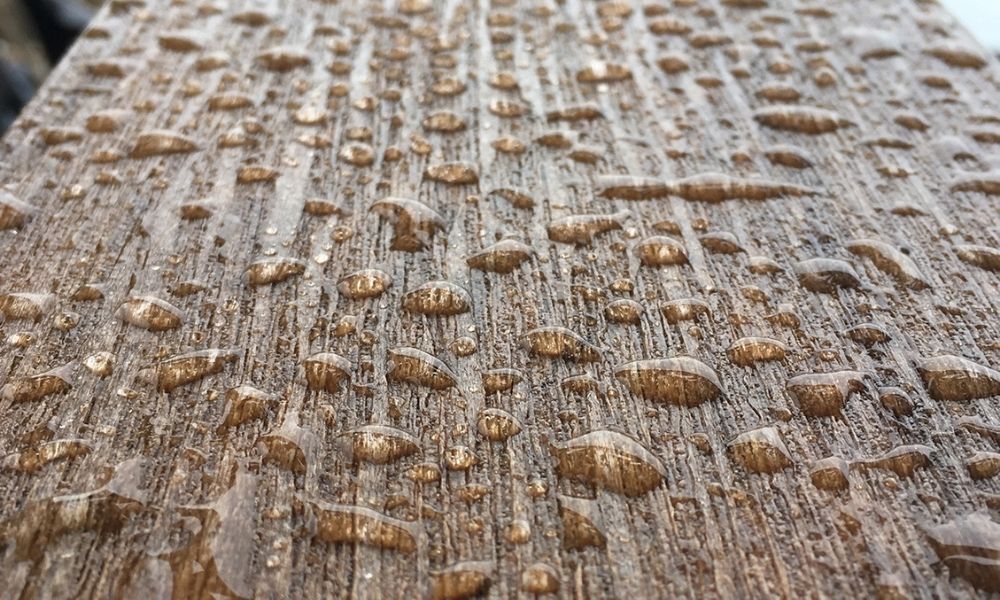Why Plastic Lumber Is Better Than Preserved Wood

When constructing decking and other outdoor structures, preserved wood is an ever-present option. It is the material that people have traditionally depended on, and it has an appealing aesthetic due to its colors and graining patterns. The issue with wood is that it isn’t the most resilient, even when you preserve it with chemical treatments, which tend to leach into the water systems as well. Fortunately, you can substitute it with plastic lumber. We’ll show you why plastic lumber is better than preserved wood.
Fewer Maintenance Needs
There are many specific wood preservation methods, but they usually involve soaking the wood or covering it with a chemical solution of some kind. This process makes the wood more resistant to insects and fungi that normally cause it to rot. However, such treatments do eventually wear down, and you’ll need to routinely apply sealants or stains to keep your structure in good condition. Conversely, plastic lumber has very few maintenance needs. It’s made of HDPE plastic, which decomposers will not touch, so you don’t need to treat it in any way. The most you might do is wash away dirt that has collected on its surface over time.
Environmentally Friendly
At first glance, you might believe that using wood is better for the environment than using plastic. The truth is that the preservation of wood has more potential to hurt nearby plants and other organisms. This is because the chemicals that defend it are usually toxic and can leech into the ground or water that a preserved wood structure stands on. Since plastic lumber doesn’t need these protective compounds, there’s no risk that it will cause such damages. Manufacturers like Tangent also source the HDPE in plastic lumber from post-consumer waste products. Due to this, creating plastic lumber becomes a form of effective recycling. When plastic lumber structures get old, you can send their parts back to us so they can undergo recycling yet again.
Superior Durability
Preserved wood may outlast untreated wood, but it’s still not the most durable material. It can splinter, chip, crack, and warp as moisture and temperature conditions vary through different seasons. If you neglect to reseal or re-stain it, preserved wood can also decay and display color fading from sun exposure. Plastic lumber can withstand outdoor settings far better. It doesn’t fall apart or significantly change shape as wood does, even when exposed to water constantly. Tangent includes additives to prevent discoloration, and we can also add fiberglass shards to give plastic lumber greater strength. Over time, you’ll find that plastic lumber is better than preserved wood because of its far superior hardiness.
Whether you seek plastic decking materials or plastic lumber for other applications, you should call Tangent today. Our plastic lumber can prove useful in residential, commercial, agricultural, and marine projects.












